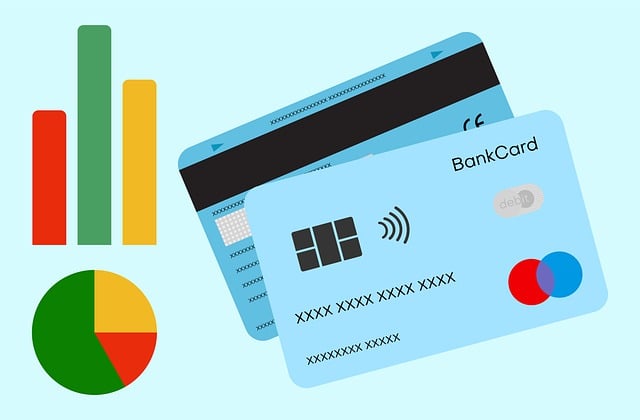In Texas, a proper Title Loan Lien Release is crucial for managing secured vehicle loans. Upon full repayment, lenders must complete state-mandated forms to remove liens from borrowers' vehicle titles. This process involves verification, documentation, accurate recording, and secure data transmission. Lenders can enhance customer experience with flexible payment plans. Strict adherence to legal procedures and best practices, including meticulous record-keeping and transparency, is essential to avoid legal repercussions and protect both lender and borrower interests.
In Texas, understanding and adhering to strict regulations surrounding the release of liens on title loans is paramount for lenders. This comprehensive guide delves into the intricacies of the Texas title loan lien release process, providing a clear roadmap for financial institutions. We explore essential requirements, meticulous steps for lien elimination, and legal considerations to ensure compliance with best practices. By mastering these aspects, lenders can navigate this regulatory landscape effectively, fostering secure and transparent transactions in the Texas market.
- Understanding Texas Title Loan Lien Release Requirements
- Steps for Lenders to Release a Lien on a Texas Title Loan
- Legal Implications and Best Practices for Lien Release
Understanding Texas Title Loan Lien Release Requirements

In Texas, a Title Loan Lien Release is a critical aspect of managing secured loans for vehicles, ensuring both lender and borrower rights are upheld. Understanding these requirements is essential for lenders to navigate the process effectively. When a borrower repays their loan in full, including any associated fees, the lender must release the lien on the vehicle’s title. This involves completing a specific form, which triggers a transfer of ownership, allowing the borrower to retain full control and freedom over their asset.
The process requires meticulous attention to detail, especially when considering the state’s unique regulations. Lenders should be prepared to verify repayment, obtain the necessary documentation, such as a payoff letter and released title, and ensure the accurate recording of the title transfer. Additionally, offering flexible payment plans or exploring options for extending the loan period can provide a smoother transition for borrowers, fostering a positive lending experience.
Steps for Lenders to Release a Lien on a Texas Title Loan

To facilitate a Texas title loan lien release, lenders must adhere to specific procedures outlined by state law. The process begins with the borrower initiating a request for payoff, often through submission of a written notice or an online form. Upon receipt, the lender should promptly verify the loan balance and ensure all necessary documentation is in order. This verification is crucial to prevent any disputes regarding the loan’s status.
Once verified, the lender can initiate the release process by preparing the required legal documents. This typically involves completing a lien release form, which must include specific details like the vehicle’s registration number, original loan amount, and current outstanding balance. After filling out these forms, the lender can opt for secure transmission methods, such as electronic signatures or encrypted email, to ensure the safety of sensitive data. Upon completion, lenders should provide borrowers with confirmation of the lien release through a direct deposit of funds or other agreed-upon means of loan payoff.
Legal Implications and Best Practices for Lien Release

When it comes to Texas title loan lien release, understanding the legal implications is paramount for lenders. Failure to properly release a lien can result in significant legal consequences, including potential lawsuits and financial penalties. It’s crucial for lenders to adhere to state regulations regarding title transfers and ensure that all interests are cleared upon repayment of the loan. This process involves careful documentation, verification, and execution to avoid any disputes or encumbrances on the vehicle’s title.
Best practices for lien release include maintaining thorough records, double-checking all details against the original documents, and ensuring timely release post-repayment. Lenders should also be transparent with borrowers about the terms of the loan, including interest rates, to foster trust and avoid misunderstandings. Additionally, staying updated on legal changes related to title pawns is essential for compliance, safeguarding both the lender’s interests and the borrower’s rights.
The process of releasing a lien on a Texas title loan involves strict adherence to state regulations, ensuring fairness for both lenders and borrowers. By understanding the requirements and taking the necessary steps, lenders can efficiently navigate the legal implications, fostering a transparent and secure lending environment. This comprehensive guide highlights the importance of adhering to Texas title loan lien release laws, empowering lenders with the knowledge to make informed decisions and maintain compliance in their operations.






